Nội Dung Chính
(Trang 98)
Present tensesWe use the present simple to talk about states and habits or things that happen regularly. I check my social media accounts every day. Harriet prefers the new games console. We often use the present simple with time expressions such as sometimes, usually, always, never. We use the present continuous to describe an action which is in progress at the moment of speaking. "Where's Osman?" "He's uploading some photos.' I'm not checking my phone. I'm studying! We also use the present continuous with always to talk about a habit or repeated action which annoys us. My brother is always using my laptop. We often use the present continuous with time expressions such as now, at the moment and today. Remember that we don't use some verbs in the present continuous: believe, belong, hate, imagine, know, like, love, prefer, remember, think, understand and want. Question words before to-infinitive After the main verb, we use Wh-word + to-infinitive as the object of the main verb. Could you tell me where to find a Vietnamese restaurant? Yến asked me who to contact for technical support. We can use this structure in the affirmative form. I will show Oanh where to get help. We can use this structure in the negative form. I don't know what to do now. We can use this structure in the interrogative form. Do you know when to start our environmentally friendly project? Question tags We use a positive question tag after a negative statement. They haven't got a GPS in their car, have they? We use a negative question tag after a positive statement. You can get a new app for that, can't you? | When the main clause doesn't have an auxiliary verb, we form the question tag with do. David likes that video game, doesn't he? When there is an auxiliary verb, a modal verb or the verb to be in the main clause, we use that in the question tag. She's chatting at the moment, isn't she? You can't download that long film, can you? Usage We use question tags to invite people to agree with us or to check that something is true. Mum needs a new phone, doesn't she? used to We make the affirmative of used to with used to + the infinitive. They used to have different skills in the past. We make the negative of used to with didn't + use to + the infinitive. We didn't use to have HD TV. We make questions with Did + subject + use to + the infinitive. Did she use to watch satellite TV? Usage We use used to + verb to describe a habit, a state, or a repeated action in the past. The past action stopped some time ago and it is different now. People didn't use to have computers at home. Frequency expressions We use frequency expressions such as never, (not) usually, (not) often or (nearly) always to say how often something happens. They usually go before simple tenses or after the verb to be. I'm always interested in new digital technology. Some longer phrases like two or three times a week or every day tell us exactly how often something happens. They go at the end of the sentence or clause. We chat two or three times a week. |
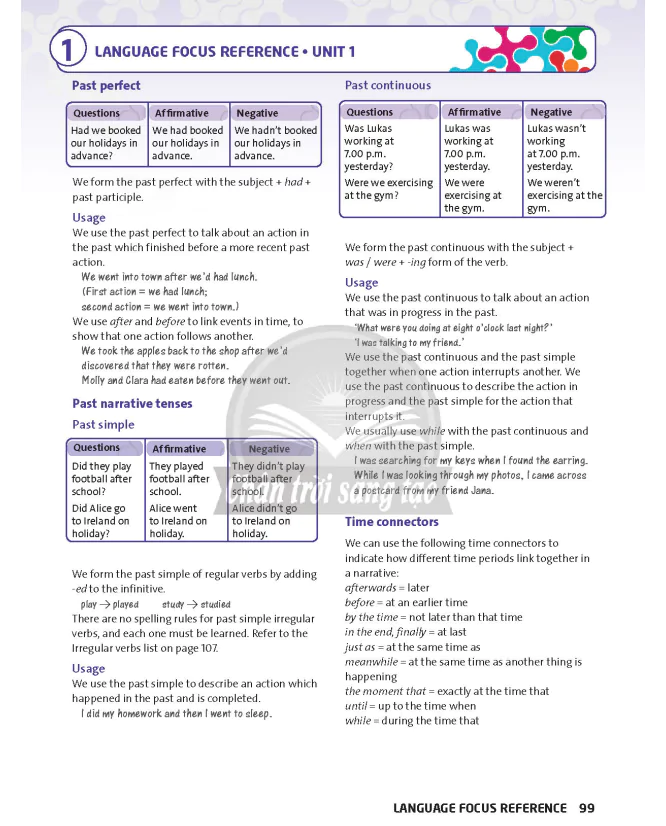


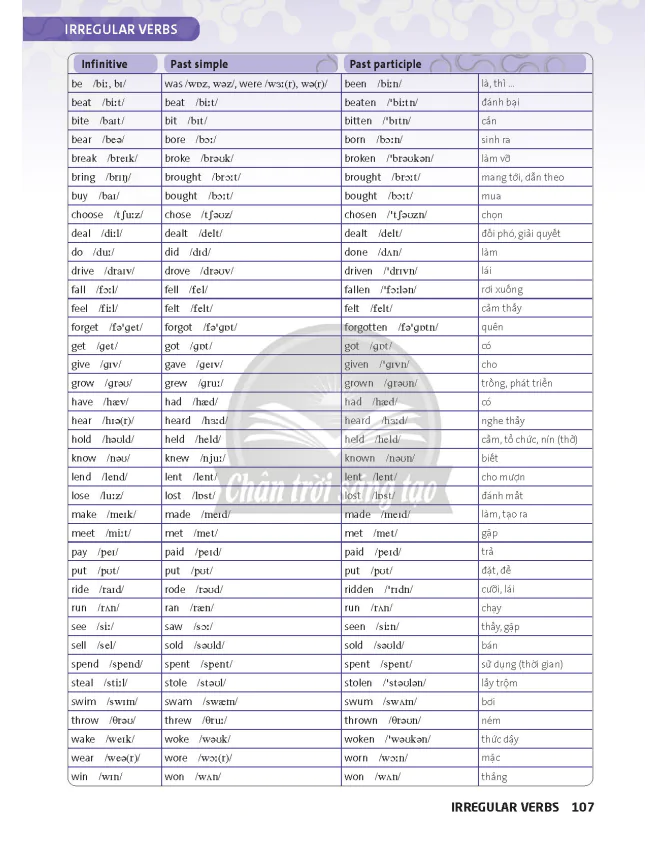
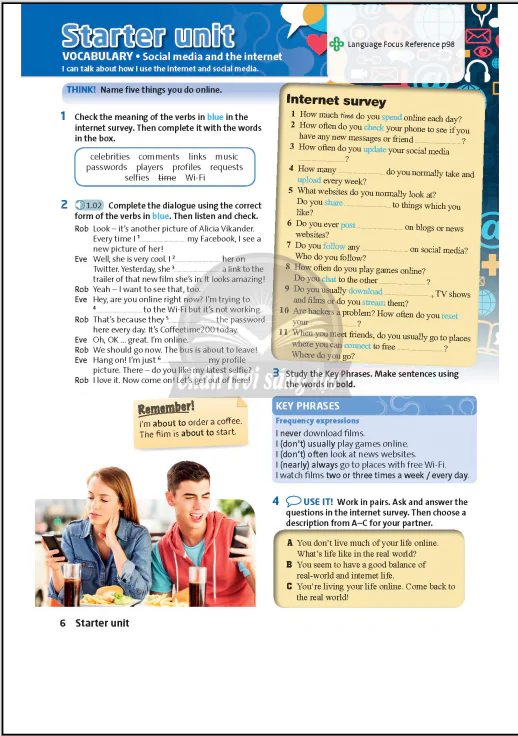


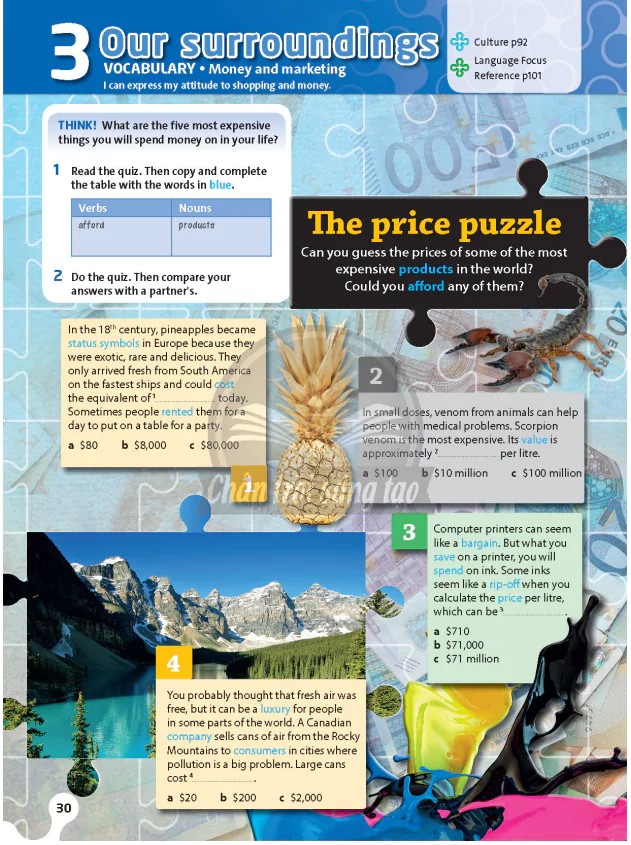

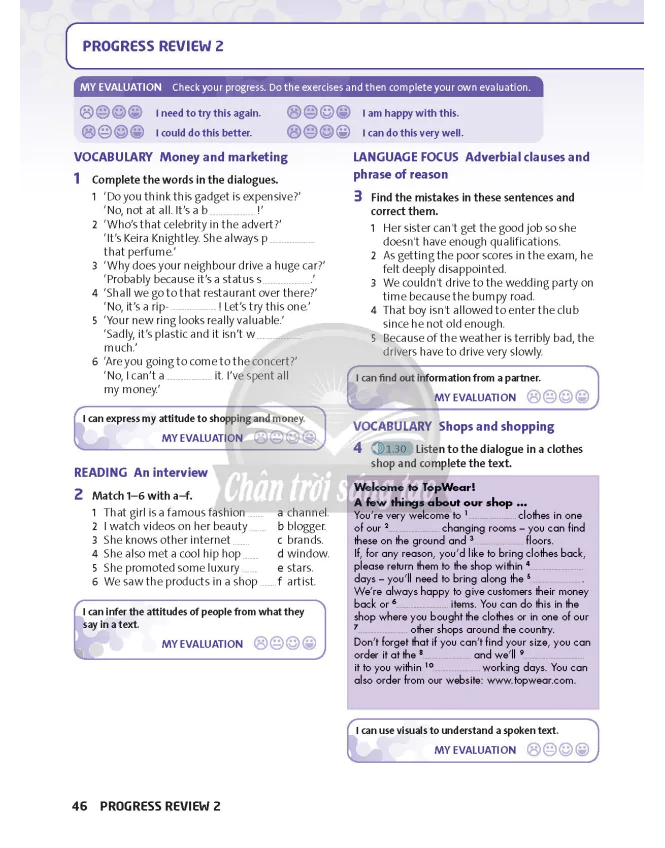
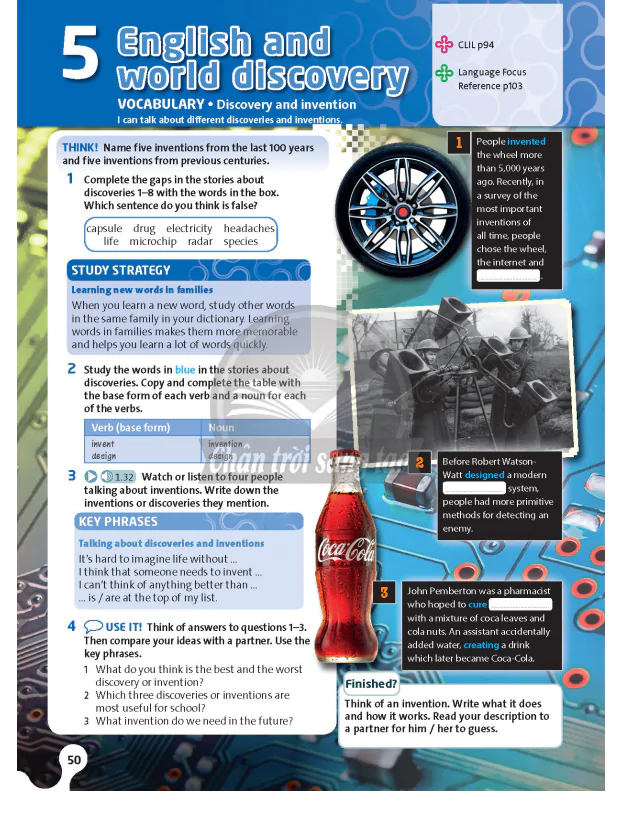
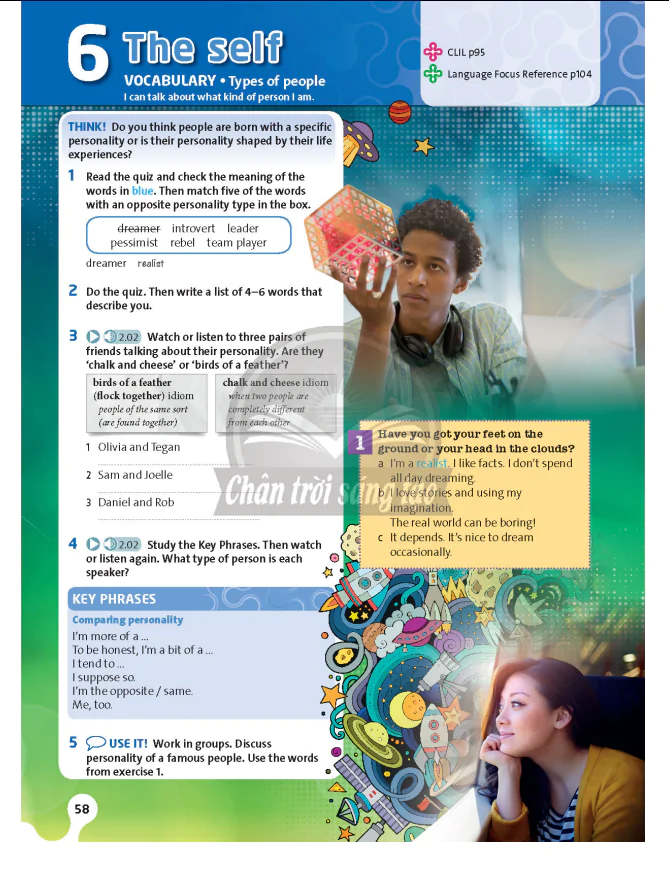
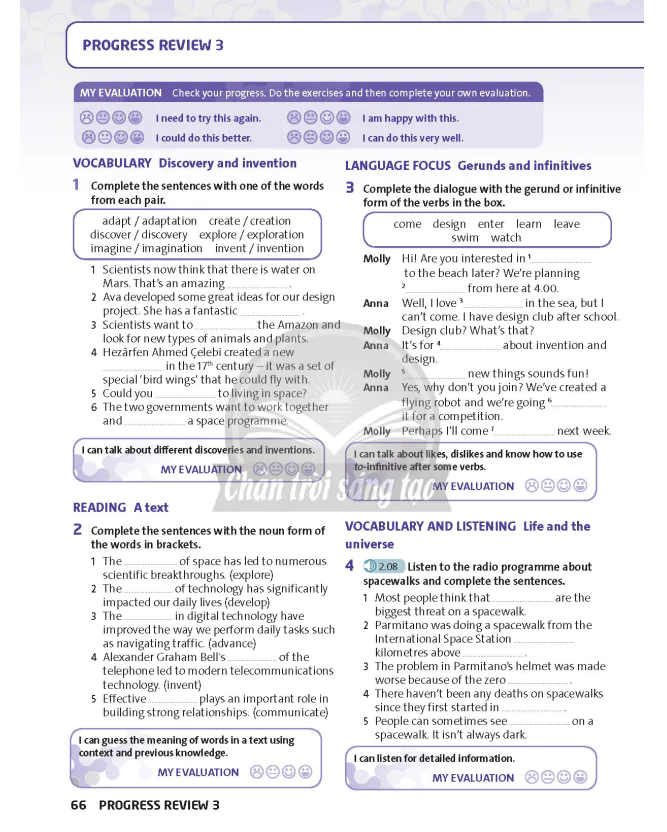
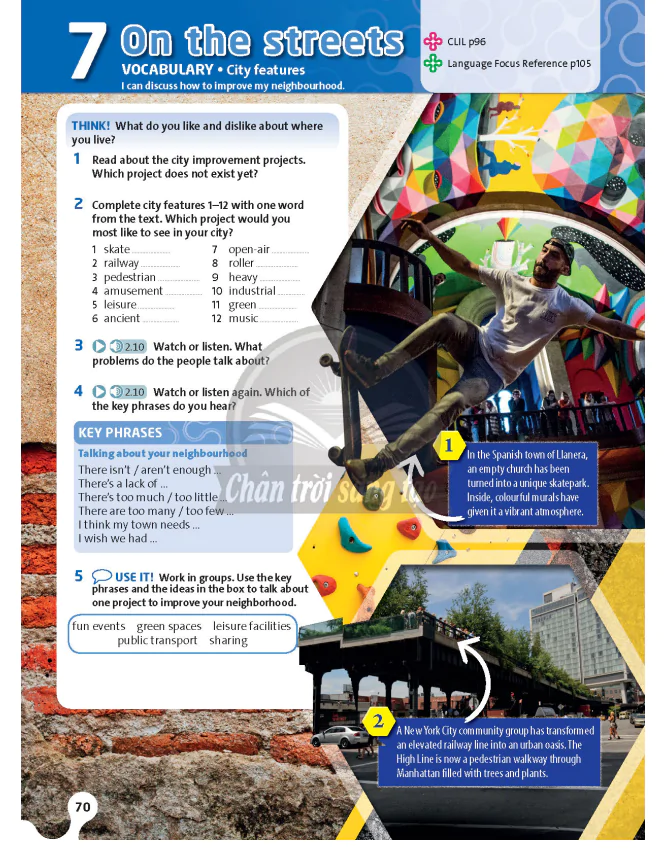
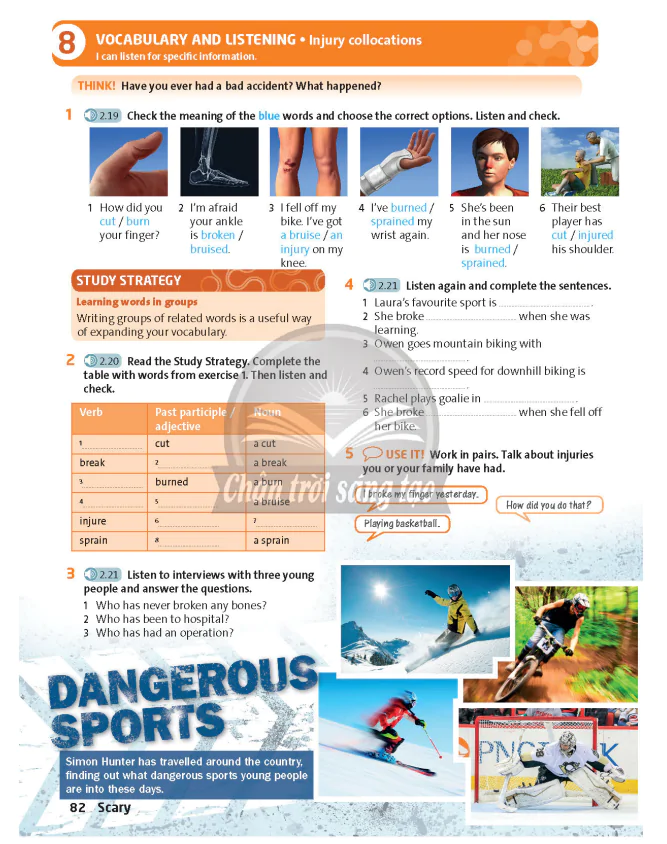
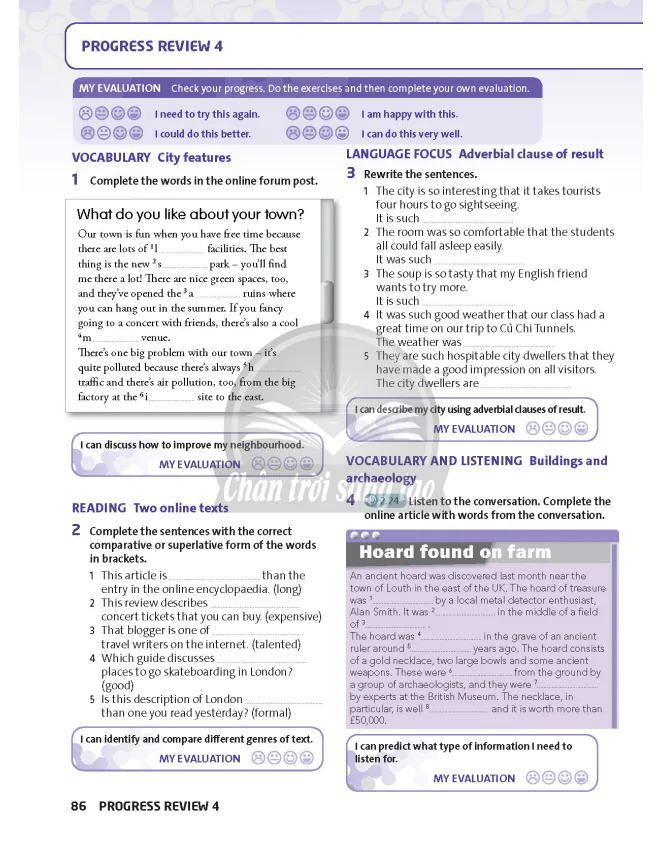




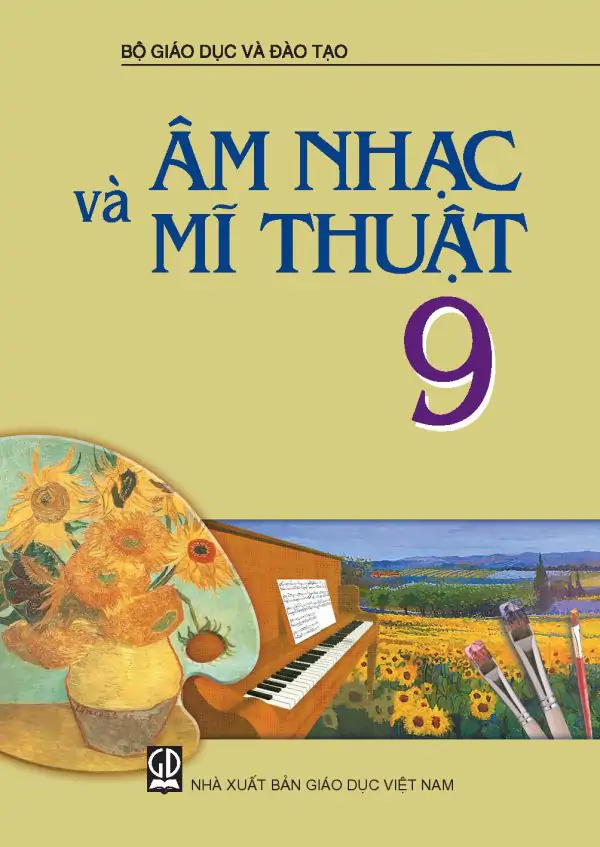


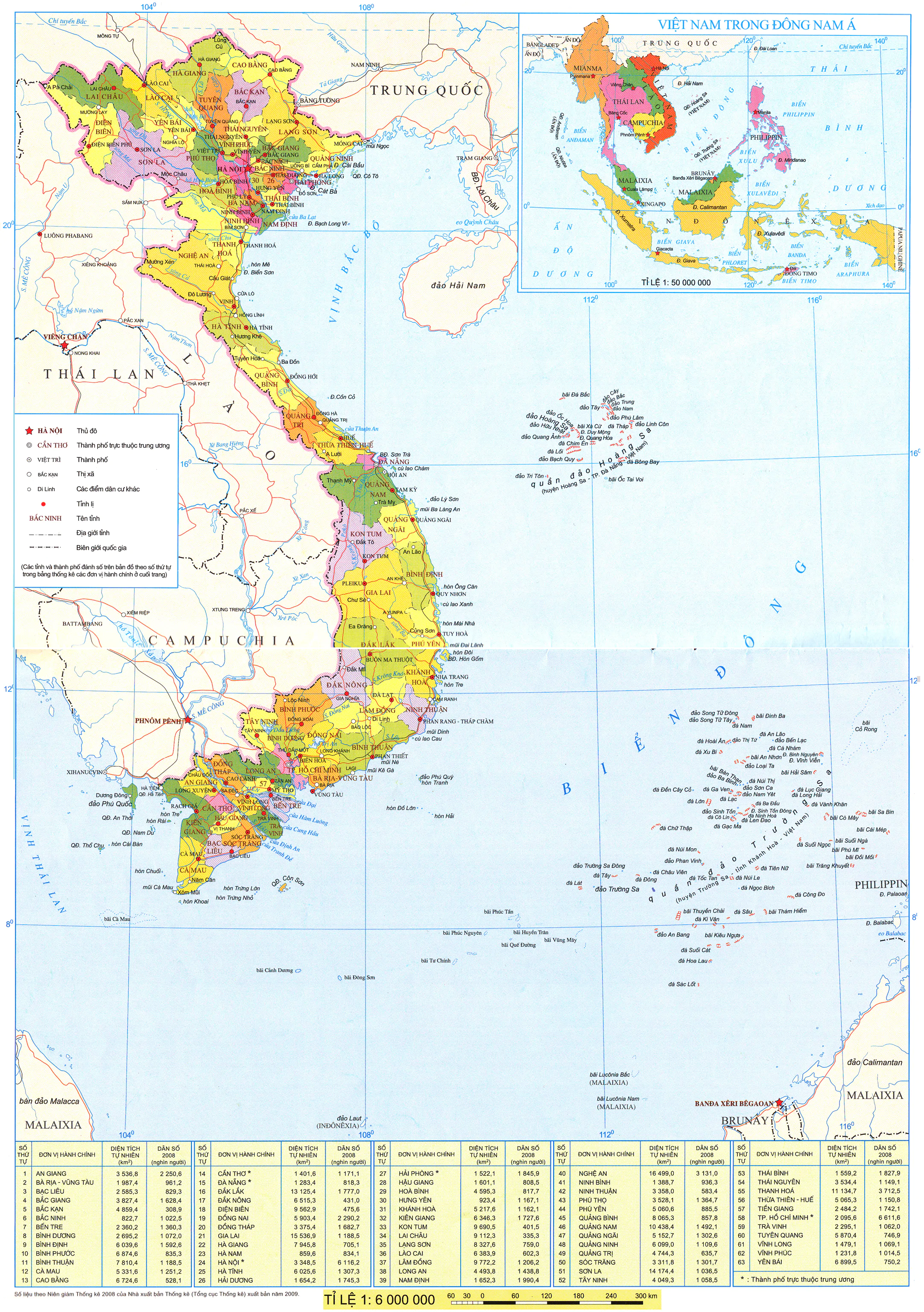
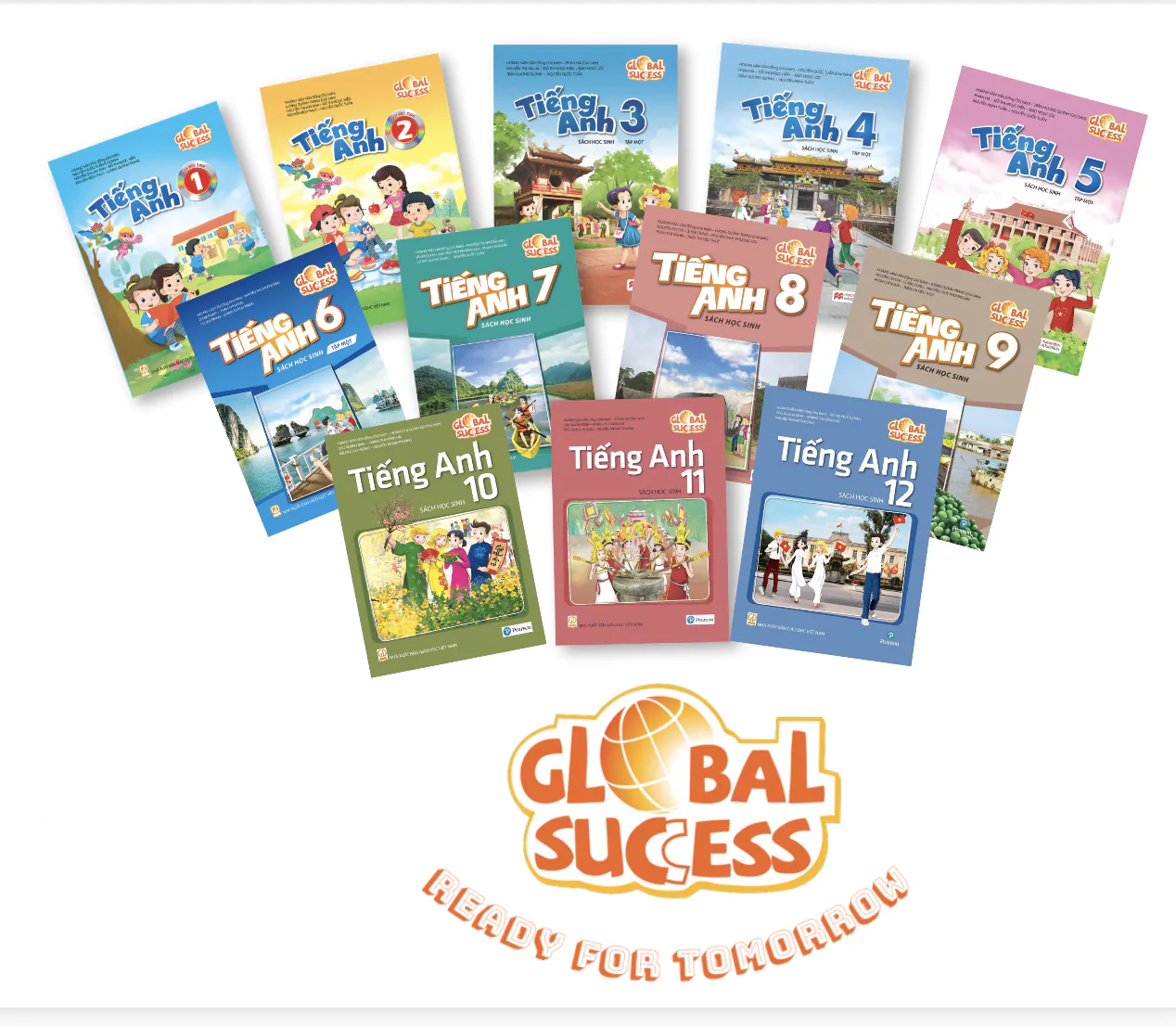















Bình Luận
Để Lại Bình Luận Của Bạn